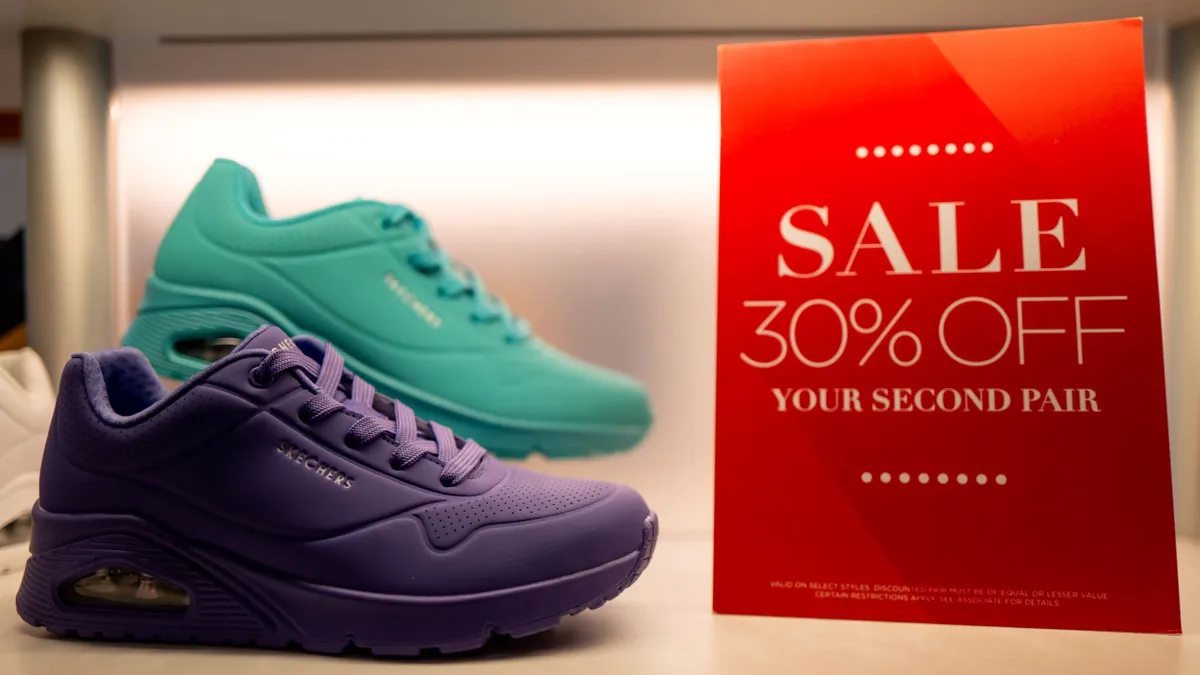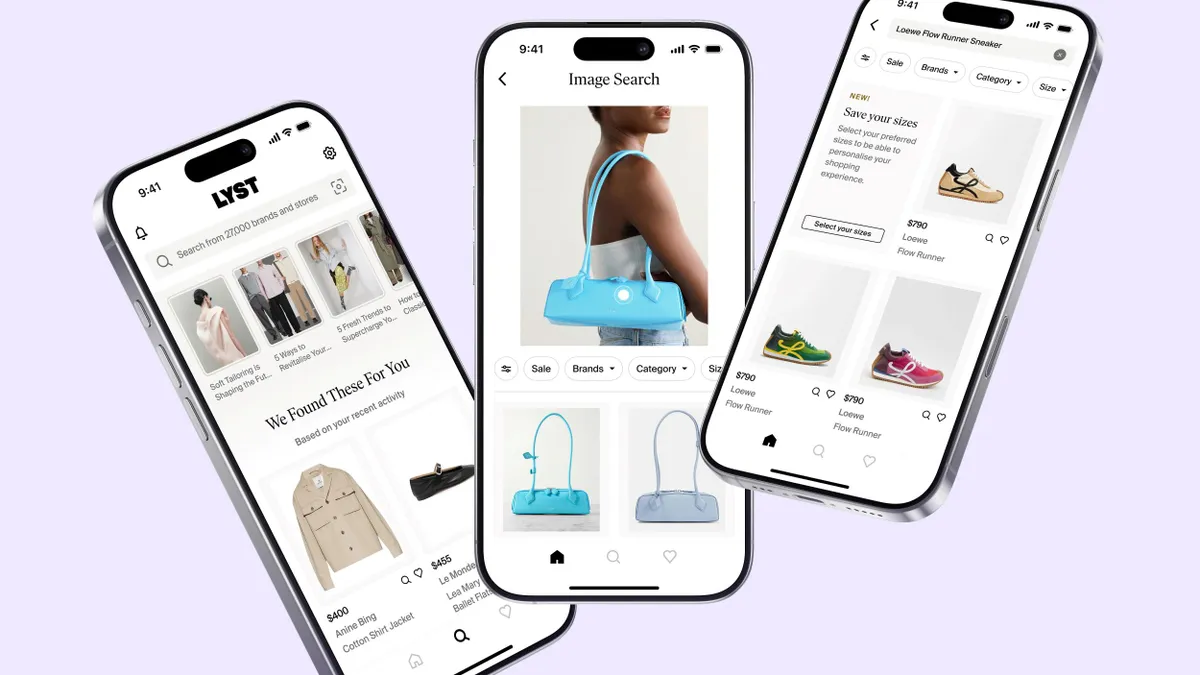Paul F. Magel is the president of Computer Generated Solutions. All opinions are the author’s own.
Tariffs might be dominating the news cycle again, but fashion and apparel brands are dealing with far more than trade policy. From inflation and labor shortages to political instability, economic disruption isn’t a seasonal issue anymore. It's near-constant.
Moreover, big step changes in life and business are only going to keep coming — at an even faster pace. Futurist Erica Orange has coined the term “templosion.” This refers to a confluence of the biggest events happening in shorter and shorter periods of time.
In today’s uncertain environment, it can be especially challenging to figure out what comes next. Scenario planning and investing in organizational resilience are business imperatives.
For too long, many fashion businesses — brands, manufacturers, retailers — have managed their supply chains in reactive mode. But as the disruption cycles accelerate, the smartest firms are taking a different approach, rooted in data, foresight and artificial intelligence.
You can’t predict the future, but you can prepare
When it comes to AI, it’s important to start slowly. Many companies can begin by leaning into advanced analytics, such as using trend analysis to understand performance drivers, uncover inefficiencies and get a better grip on demand signals. That foundation is essential for building trust in the data and aligning teams before deploying AI for more predictive and scenario-based planning.
Once that groundwork is in place, AI-powered planning tools can take things a step further. By combining historical trends, real-time data and scenario modeling, fashion and consumer goods brands can simulate how tariffs (or currency shifts and geopolitical events) will affect their sourcing costs, lead times or inventory positions.
Good AI starts with good data
However, AI is not a silver bullet. If the underlying data is fragmented, incomplete, or stale, no algorithm will work.
Smart supply chain planning, especially when it involves AI, starts with clean, validated and connected data.
Before layering on predictive AI tools, companies should strengthen their analytics capabilities, integrate their systems, align their internal teams and build clear visibility across their sourcing, production and logistics channels.
Don’t panic. Plan.
It’s easy to overreact when tariffs or other economic shockwaves hit by scrambling to exit a region, slash costs or change vendors. But brands should avoid “tariff derangement syndrome,” because knee-jerk reactions are often more damaging than the disruption itself.
Instead, take a structured, scenario-driven approach. Use AI to model impacts, explore alternatives and identify the smartest path forward. That’s not just better planning; it’s better business.
Nearshoring and diversification
As supply chain leaders explore sourcing in the U.S. and nearshoring, AI can also help determine where to place the right bets. By running cost-benefit analyses and stress-testing lead times, firms can make smarter decisions about where to invest.
While it may not be feasible for new manufacturing regions to sprout up overnight, companies can still be smarter about diversification, and build optionality into their supply chains so they’re not boxed into a single region or supplier.
This is where clean data and smart planning intersect, and enable companies to simulate costs, assess risk exposure and stress-test different scenarios before making long-term sourcing decisions. Without that solid foundation, diversification becomes guesswork.
Turn disruption into a strategic advantage
Tariffs are just the latest reminder that volatility is here to stay.
The good news is that there are tools available that can flip the script. With the right data, integrated systems and AI-powered insights, fashion apparel, footwear, accessories, lifestyle and home goods companies can move from reactive to resilient. Companies can simulate instead of scramble. Those who plan ahead won’t just survive the next disruption; they will lead through it.










